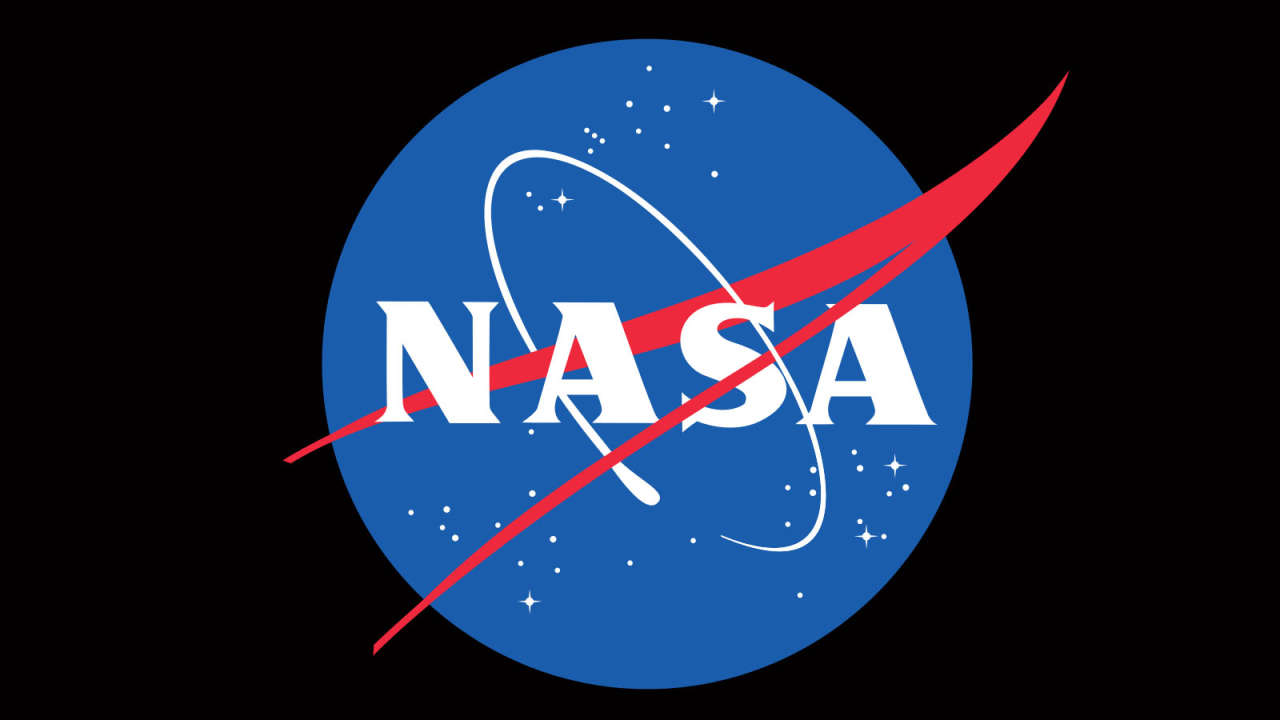If the Earth is unexpectedly struck by an enormous asteroid, 'there’s not a hell of a lot we can do about it,' according to NASA senior scientist Joseph Nuth, Sputnik reported.
During an American Geophysical Union panel on defending Earth from potential asteroid impact, Nuth stated that NASA is not equipped to mount a deflection defense system if a so-called killer asteroid was detected. In 2014, the Siding Spring comet came within "spitting distance" of striking Mars, according to Nuth. Some scientists estimated that Siding Spring could have caused an explosion equal to that of 24 billion megatons of TNT (approximately 24 times the solar energy that strikes Earth annually), creating a crater over 300 miles across and over a mile deep. NASA detected Siding Spring some 22 months before it transited Mars, which, according to Nuth, is not nearly enough time to mount a defense.
"If you look at the schedule for high-reliability spacecraft and launching them, it takes five years to launch a spacecraft," Nuth said, referring to the expert-preferred method of protecting Earth by the use of a "kinetic impactor," a high-speed object intended to slam into an asteroid, forcing it to change course and avoiding impact with the planet. The alternative, destroying the asteroid with high explosives, as was done in popular films like Armageddon and Deep Impact, would simply break an asteroid into millions of pieces, some of them quite large, that would still impact the Earth, and increase the geographical spread of destruction.
Nuth’s recommendation is to build a kinetic impactor now. While the technology would be expensive and there is only a.01 percent chance that a "killer asteroid" will hit Earth in the next 100 years, according to an August 2015 NASA report, Nuth thinks the risk is not worth taking. The NASA senior scientist is concerned about "extinction-level events, things like dinosaur killers, they're 50 to 60 million years apart, essentially… You could say, of course, we're due, but it's a random course at that point."
The Chicxulub impactor, an asteroid or comet at least six miles in diameter that struck Earth around 66 million years ago, is believed to have kicked up enough dust and particulate matter into the atmosphere that it led to the extinction of most of Earth’s complex life. On several occasions, a large asteroid has entered Earth’s atmosphere and caused an impressive amount of devastation. The most famous incident in modern times is the 1908 Tunguska Event, in which an enormous meteor between 60-190 meters in diameter burst into pieces several miles above the ground in Siberia.
The resulting airburst caused between 15-30 megatons of energy to be released (between 1,000-2,000 times more powerful than the atomic bomb dropped on Hiroshima in 1945, but without the radiation poisoning) and flattened 770 square miles of forest. No human casualties were reported in the sparsely-populated region. Had the meteor disintegrated over a population center, the death toll would likely have been in the millions. More recently, the 2013 Chelyabinsk meteor exploded some 18 miles above the Ural Mountains in Russia. That meteor, which weighed between 12,000-13,000 tonnes when it entered the atmosphere, impacted over 7,000 buildings and caused an estimated 33 million dollars in damages.
Some 1,500 people were injured, 112 of which had to be hospitalized according to Russian officials. No fatalities were reported. NASA is in the midst of planning its Asteroid Redirect Mission (ARM), aimed at building a manned station inside of a near-Earth asteroid. While the main intention is to use the asteroid base to send manned missions to Mars, ARM will also be a test run for NASA’s "gravity tractor," an asteroid deflection technique using a spacecraft’s gravitational field to alter the path of an Earth-threatening celestial body.






